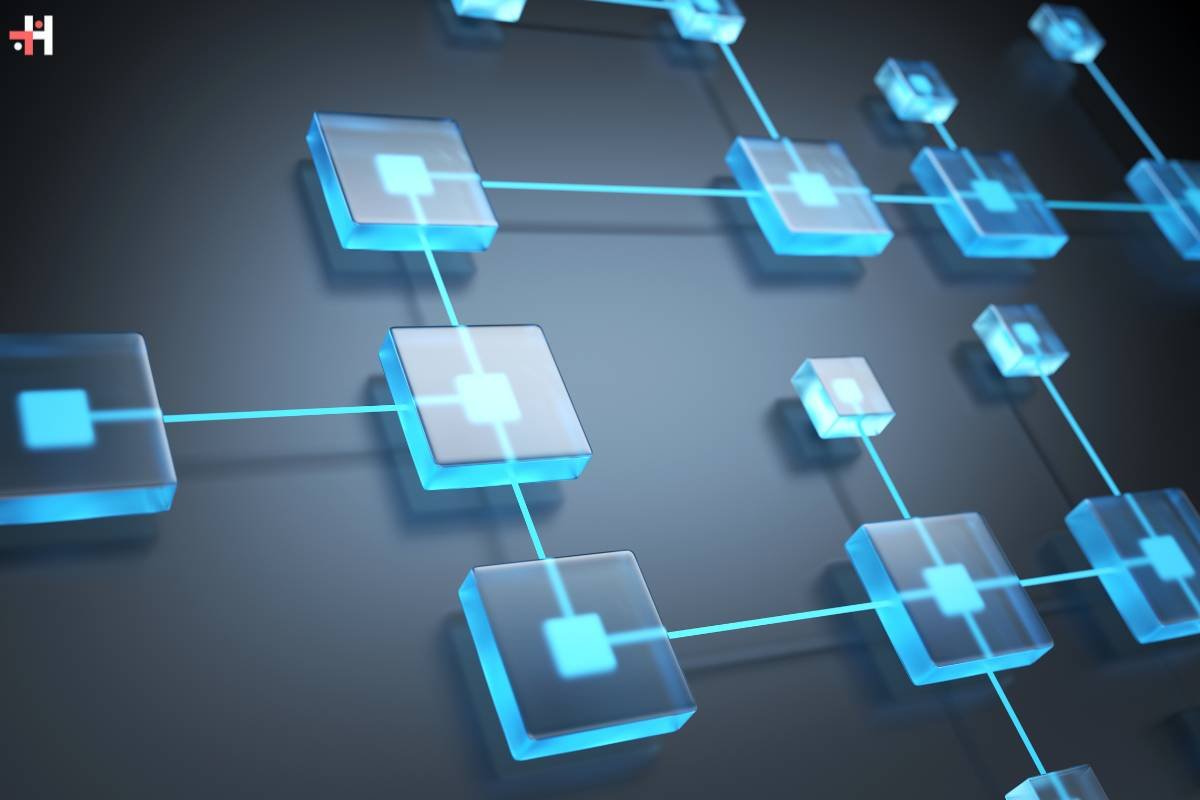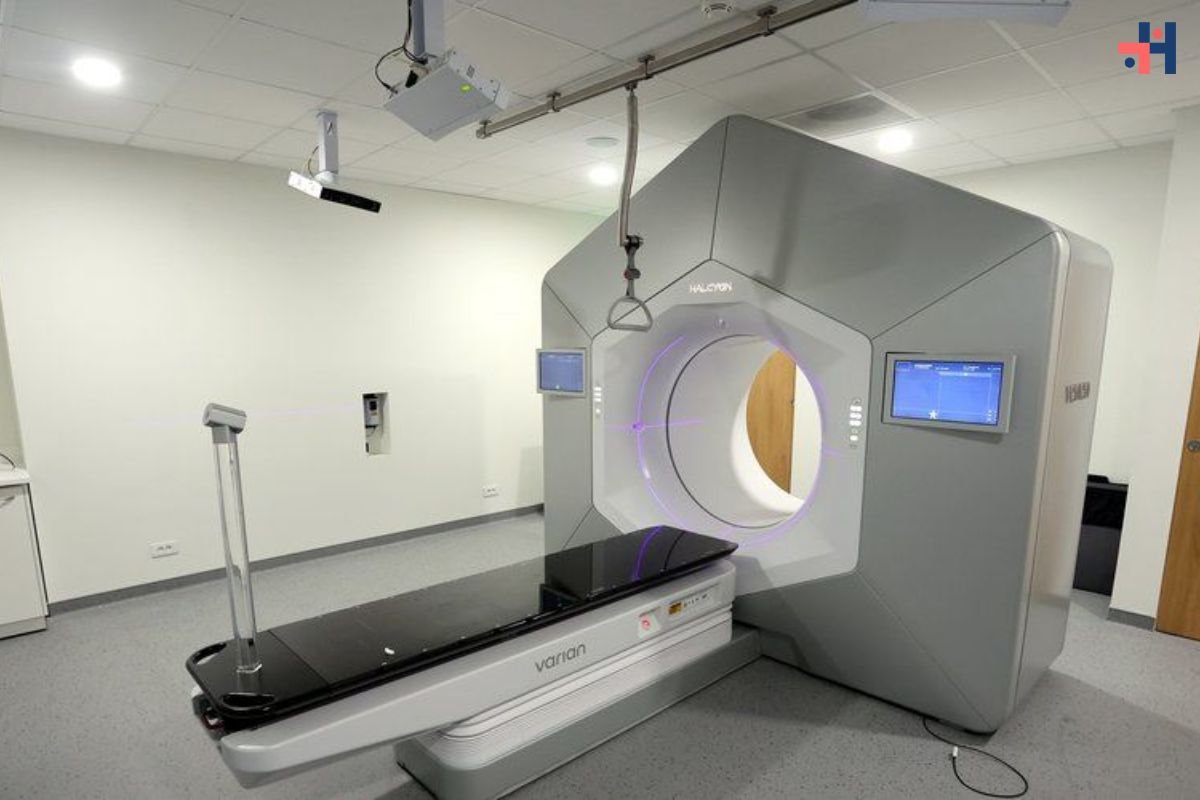The Internet of Things (IoT) has emerged as a transformative force, reshaping industries and redefining the way businesses operate. One of the significant applications of IoT that has garnered widespread attention is IoT asset tracking. This technology has proven to be a game-changer, enabling organizations to monitor and manage their assets with unprecedented precision and efficiency. In this blog post, we will delve into the world of IoT asset tracking, exploring its benefits, applications, and the potential it holds for businesses across various sectors.
Understanding IoT Asset Tracking:
It involves the use of interconnected devices equipped with sensors and communication modules to monitor the real-time location, status, and other relevant information of physical assets. These assets can range from inventory and equipment to vehicles and even personnel. The primary goal is to provide organizations with actionable insights into their assets’ whereabouts, condition, and performance.
Key Components:
1. Sensors
These are the eyes and ears of IoT asset tracking. Sensors collect data such as location, temperature, humidity, motion, and more, depending on the specific requirements of the tracked asset.
2. Communication Modules
To transmit the collected data, IoT devices are equipped with communication modules such as RFID, GPS, Bluetooth, or cellular connectivity. These modules enable seamless communication between the assets and the central tracking system.
3. Data Processing and Storage
The collected data is processed in real-time or near real-time, and relevant information is stored for further analysis. Cloud computing plays a crucial role in managing and storing vast amounts of data generated by IoT devices.
4. User Interface
The user interface, often a web-based dashboard or a mobile app, allows users to access and interpret the tracked data. It provides insights, alerts, and reports to facilitate informed decision-making.
Benefits
1. Enhanced Visibility and Control
IoT asset tracking provides real-time visibility into the location and condition of assets. This enhanced visibility allows organizations to have better control over their inventory, reducing the risk of loss or theft.
2. Optimized Operations and Efficiency

With accurate and timely information on asset location and utilization, businesses can optimize their operations. This leads to improved efficiency, reduced downtime, and better resource allocation.
3. Cost Savings
The optimization of operations and the prevention of asset loss contribute to significant cost savings. Businesses can minimize unnecessary expenses related to excess inventory, maintenance, and emergency replacements.
4. Improved Security
Asset tracking enhances security by providing alerts in case of unauthorized movement or tampering. This is particularly crucial for high-value assets or sensitive materials.
5. Compliance and Reporting
In industries where regulatory compliance is a key concern, IoT asset tracking ensures that organizations meet the necessary standards. It also simplifies the reporting process by automating data collection and documentation.
Applications
1. Supply Chain Management
In the realm of supply chain management, IoT asset tracking revolutionizes logistics. It enables businesses to monitor the movement of goods, optimize routes, and minimize delays. Real-time visibility into the supply chain improves decision-making and customer satisfaction.
2. Fleet Management
For companies relying on a fleet of vehicles, IoT tracking offers real-time monitoring of each vehicle’s location, fuel consumption, and maintenance needs. This ensures efficient fleet management, reduces fuel costs, and enhances overall operational efficiency.
3. Manufacturing and Inventory Management
In manufacturing, tracking the movement of raw materials, work-in-progress, and finished goods is crucial. IoT asset tracking streamlines inventory management, prevents stockouts, and enables just-in-time production.
4. Healthcare

Source – IoT Business News
In healthcare, tracking medical equipment, pharmaceuticals, and even patients can significantly improve efficiency and patient care. Real-time location data ensures that critical medical assets are always available when needed.
5. Construction and Heavy Equipment
Construction sites often involve a multitude of heavy equipment and materials. IoT tracking helps construction companies monitor the location and usage of these assets, preventing theft and optimizing resource allocation.
Challenges and Considerations
While the benefits of IoT asset tracking are substantial, it’s important to address the challenges and considerations associated with its implementation.
1. Security Concerns
As with any technology, security is a paramount concern. IoT devices are susceptible to hacking, and unauthorized access to sensitive data can have severe consequences. Implementing robust security measures, including encryption and authentication protocols, is essential.
2. Integration with Existing Systems
Many organizations already have established systems for asset management. Integrating IoT tracking seamlessly with existing systems can be a complex process that requires careful planning and execution.
3. Cost of Implementation
The initial cost of implementing an IoT asset tracking system, including the purchase of devices, communication modules, and software, can be significant. However, organizations must weigh this against the potential long-term benefits and cost savings.
4. Data Privacy and Compliance
Collecting and storing data, especially when it involves personal or sensitive information, must comply with data protection regulations. Ensuring data privacy and compliance with applicable laws is crucial for maintaining trust and avoiding legal repercussions.
Future Trends
1. Edge Computing
The growing volume of data generated by IoT devices has led to increased interest in edge computing. This approach involves processing data closer to the source (at the edge of the network) rather than relying solely on centralized cloud computing. Edge computing reduces latency and improves real-time decision-making.
2. Artificial Intelligence (AI) Integration
The integration of AI with IoT asset tracking enhances predictive analytics and decision-making capabilities. AI algorithms can analyze historical data to predict future asset behavior, identify patterns, and optimize operational processes.
3. Blockchain for Security

Blockchain technology is being explored to enhance the security of IoT devices. By providing a decentralized and tamper-resistant ledger, blockchain can prevent unauthorized access and ensure the integrity of the data collected by IoT tracking systems.
4. 5G Connectivity
The rollout of 5G networks offers faster and more reliable connectivity, addressing one of the limitations of current IoT technologies. This can significantly improve the performance of IoT tracking systems, especially in scenarios requiring real-time data transmission.
Conclusion
IoT asset tracking is reshaping the way businesses manage their physical assets, offering unprecedented visibility, control, and efficiency. From optimizing supply chains to improving healthcare logistics, the applications of this technology are diverse and impactful. As we move forward, addressing security concerns, integrating with existing systems, and staying abreast of emerging trends will be crucial for organizations looking to harness the full potential of IoT tracking. The journey towards a more connected and intelligent future is well underway, with IoT asset tracking leading the way in the digital transformation of industries.
Also Read: Exploring the Impact and Future of Remote Patient Monitoring Technology









